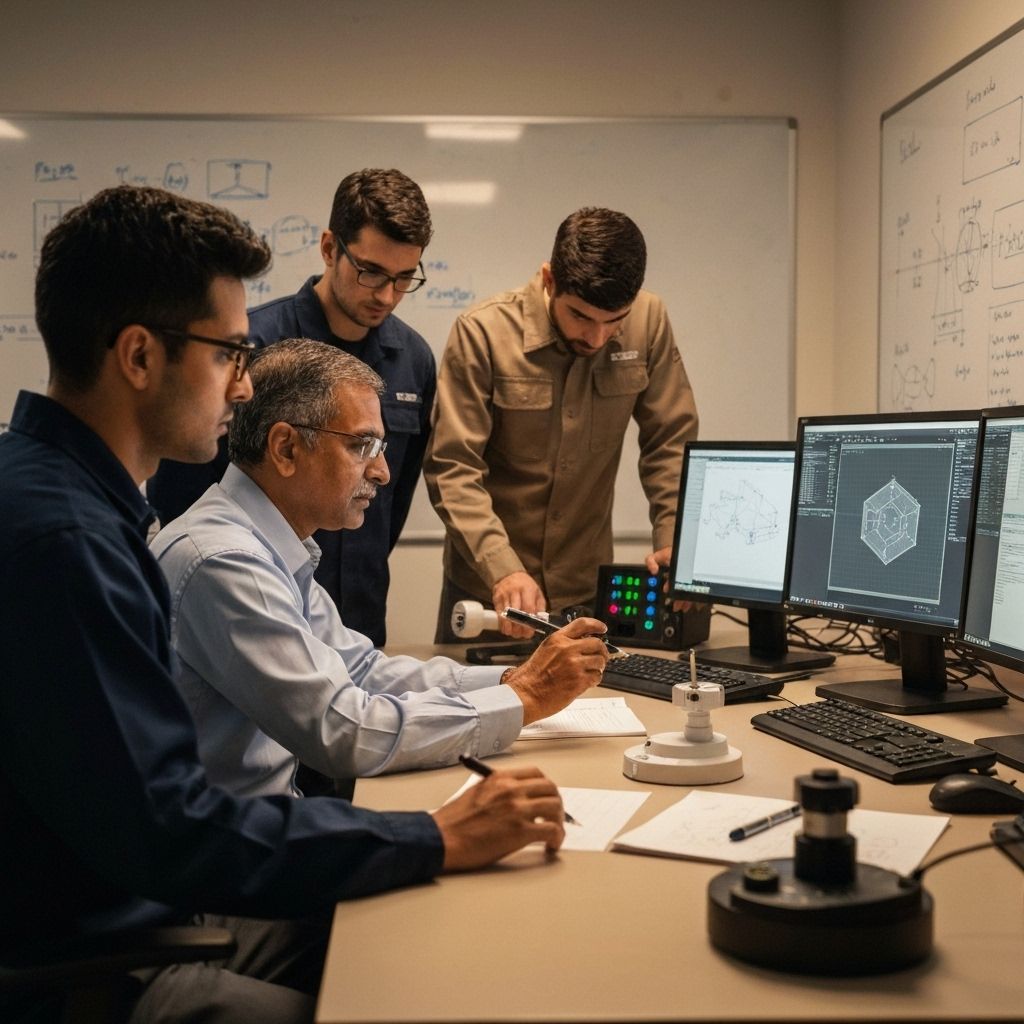Building High-Performance Engineering Teams in 2025
Learn the essential strategies for assembling and scaling engineering teams that deliver results in today's competitive market.

Learn the essential strategies for assembling and scaling engineering teams that deliver results in today's competitive market.

In today's rapidly evolving tech landscape, building high-performance engineering teams requires more than just finding talented individuals. It demands a strategic approach that combines the right people, processes, and culture to drive exceptional results.
Before you start hiring, it's crucial to clearly define what your engineering team needs to achieve. High-performance teams are built around clear objectives and shared purpose.
While technical expertise is essential, successful engineering leaders recognize that other qualities are equally important for team success.
High-performance teams don't happen by accident. They require intentional culture-building that supports collaboration, innovation, and continuous improvement.
To ensure your team is performing at its best, establish meaningful metrics that go beyond traditional productivity measures.
As your team grows, new challenges emerge that require different strategies than those used for smaller teams.
Building high-performance engineering teams is an ongoing journey that requires continuous attention to people, processes, and culture. By focusing on purpose, strategic hiring, cultural development, and meaningful metrics, you can create teams that not only deliver exceptional results but also foster innovation and growth.
Remember, the most successful teams are those where individuals thrive, collaboration flourishes, and everyone is aligned toward achieving extraordinary outcomes together.
Share this article
Help others discover these insights